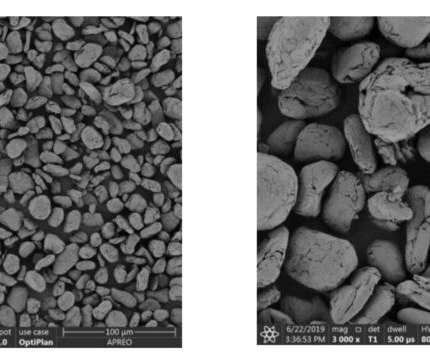Fraunhofer holding 3rd annual workshop on Li-sulfur batteries in November
Green Car Congress
SEPTEMBER 30, 2014
Fraunhofer IWS in Dresden, Germany will hold its 3rd annual workshop on Lithium-sulfur batteries from 12-13 November 2014. As with the prior Lithium-Sulfur Battery Workshops in 2012 and 2013, this year’s symposium will bring together an international audience of scientists and industrial customers.













Let's personalize your content